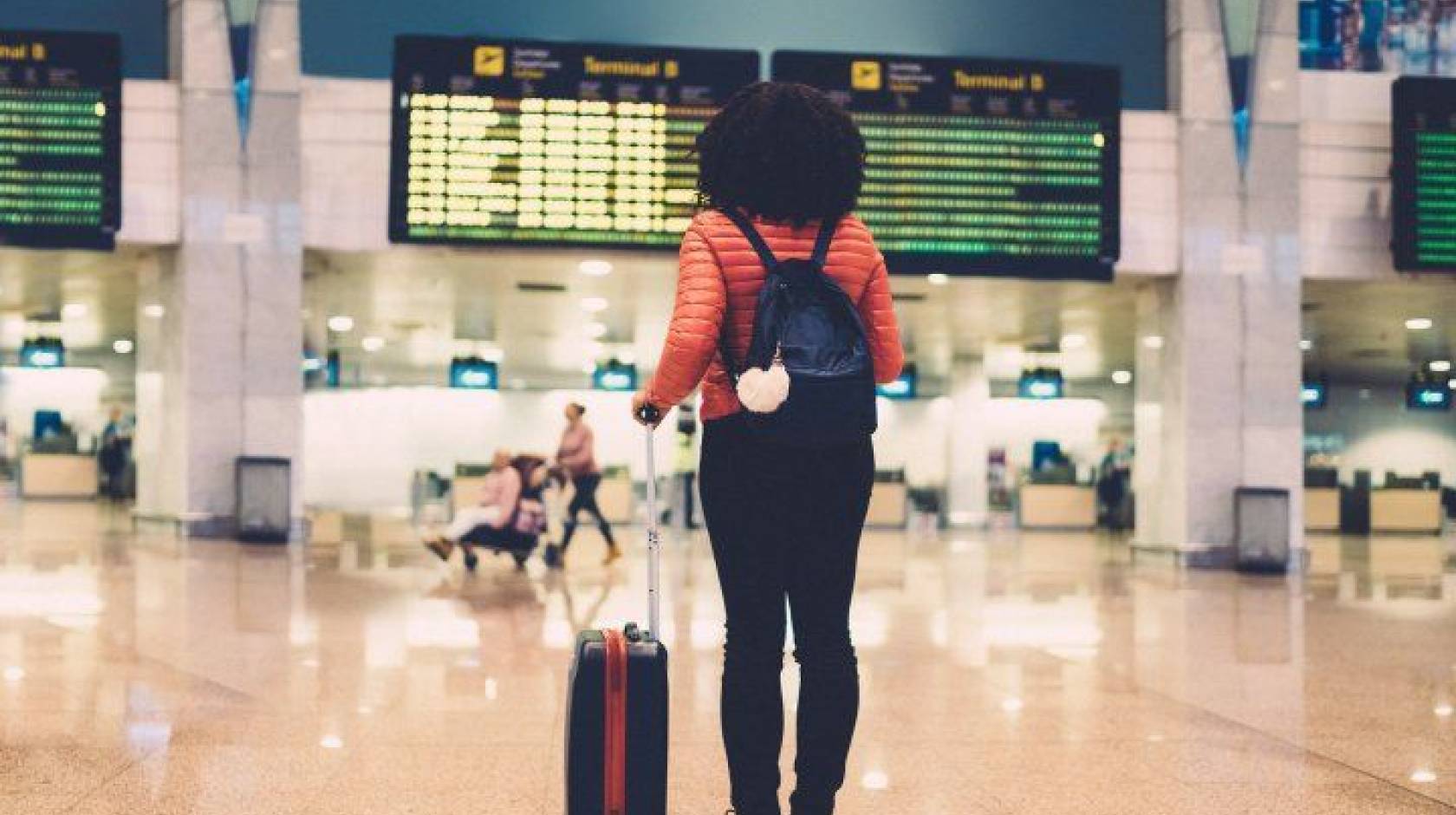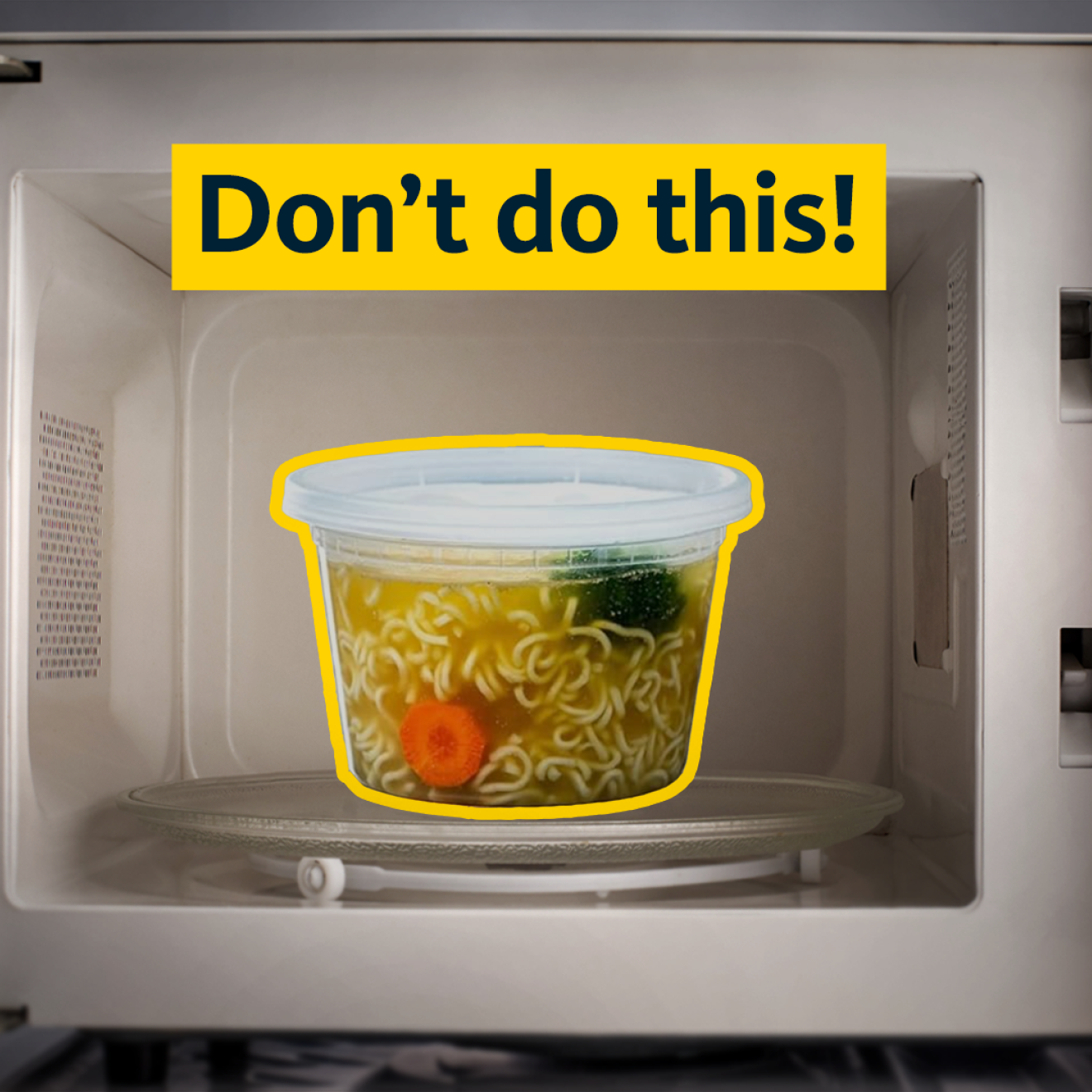Robin Marks, UCSF

’Tis the season that families and friends would typically be gathering to share food and gifts. But with the COVID-19 pandemic raging, this year will be different.
After months of being separated, many families and friends are pondering whether they want to attempt spending the holidays together while doing their best to not spread coronavirus or if they should skip the gatherings altogether for the safety of themselves and others.
While there is nothing that can completely eliminate the risk if people chose to celebrate the holidays with others, the good news is that there are ways of making a gathering safer.
“This doesn’t have to be all doom and gloom,” said Kirsten Bibbins-Domingo, PhD, MD, MAS, and chair of the Department of Epidemiology and Biostatistics at UC San Francisco.
Many health experts are predicting a sharp increase in coronavirus infections over the holidays as people travel around the nation to and from areas with higher COVID-19 rates. But the extent of the spread can be curtailed by people taking precautions, said Bibbins-Domingo. “We have ways to keep ourselves and our loved ones safe during this time when we traditionally get together.”
Bibbins-Domingo and other infectious disease experts from UCSF say that while there are some definite “don’ts” for this holiday season, there’s also a whole menu of strategies for minimizing risk. At the top of the list are the things we’ve already been doing – wearing masks, maintaining physical distancing of at least six feet, and frequent handing washing. These choices all pair well with testing, planning lower-risk activities, traveling safely, and being creative about how to include people in festivities.
Acknowledging Our Desire to Gather
The first thing experts note about the holidays is that the feeling of wanting to be with friends and family is normal even though we know gatherings during a pandemic may pose a danger to ourselves or others.
“Let’s just acknowledge that that drive to be together is really strong,” said Bibbins-Domingo, noting many people are especially in need of support from those they’re close to after such a long time apart.
Unfortunately, the people for whom holiday gatherings are the riskiest, like the elderly and people with underlying health conditions, may be the most in need of the social connection.
“We’ve asked the most vulnerable in our culture to shelter, and now they are the most isolated and most in need of seeing people at this time,” said Bibbins-Domingo.
The separation due to lockdown takes a psychological toll that may be as risky to a person’s health as exposure to coronavirus, says Maria Raven, MD, MPH, and chief of the Department of Emergency Medicine at UCSF. “You really have to weigh the risks and benefits of seeing people,” she said.
Raven said that during a normal holiday season she sees a spike in psychiatric care needs, and she expects that to be exacerbated this year as people may feel more isolated due to the pandemic.
Setting Clear Ground Rules and Testing
Establishing ground rules ahead of any gathering is key to ensuring that everyone is on the same page in terms of agreeing to and following precautions, said Raven.
It’s also important to know what’s recommended with regard to gatherings in the community where you plan to get together, including group size and the number of people outside of your immediate household you can meet with and what are the local guidelines about traveling. Many cities across the nation have created regulations based on the amount of community transmission in the area, and you shouldn’t flout those rules.
Beyond following the local rules for gatherings, both Raven and Bibbins-Domingo emphasized the importance of testing in preventing the spread of the virus. Testing beforehand decreases the chance that anyone is bringing the virus into the group, and getting tested afterward is important so that, in the unfortunate circumstance that someone has tested positive for the virus, they can alert others.
Should You Travel to See Others?
When it comes to travel, said Bibbins-Domingo, “My advice is to hunker down and don’t go anywhere. Keep your holidays to a small group that you’ve already been spending time with.”
California Gov. Gavin Newsom’s office agrees. Because of the surge in infections, the state is urging people not to travel, even outside of their county. For those who feel they must travel outside of California, the state’s travel advisory strongly advises they quarantine for 14 days after returning to the state. In addition, any out-of-state visitors to California should plan to quarantine for 14 days after arriving, after which they should limit interactions to those within their immediate household.
If you are thinking about traveling, be sure to consider the prevalence of COVID-19 where you are and where you think you may want to go, as well as any local restrictions and other safety precautions other communities may or may not be encouraging.
For example, the Bay Area’s low infection rates compared to other areas around the country, coupled with the fact that many families and friends are already in “pods” makes a good safety argument for staying put, said Raven. But, she added, if you’re planning to include people from outside your “pod” to your holiday plans, it’s important to know what precautions they’ve been taking and for everyone to get tested, even if they live nearby.
For those who are planning to travel, sensible precautions can keep things safer, said Bibbins-Domingo. Driving a rental car or staying in a hotel doesn’t pose too much risk, because studies are showing that surfaces don’t play a large part in viral transmission. On the other hand, you do want to make sure that any rental car company or hotel you are using has clear sanitation protocols, including cleaners that kill SARS-CoV-2, the virus that causes COVID-19.
College students should stay put, if possible, rather than travel to be with family, said George Rutherford, MD, professor of epidemiology and biostatistics and director of the Prevention and Public Health Group at UCSF. Those who have to leave college campuses during the holiday should get tested before they head homeward and again once they’ve arrived among family.
“One test isn’t sufficient,” he said, noting that students might be exposed during travel and that it can take a couple of days after exposure for the virus to be detectable. “Ideally, there should be an interval of about three days between those tests.”
For those considering air travel, confirm that your airline requires and enforces mask wearing and be sure you understand the airline’s efforts to allow for social distancing. Rutherford suggested booking on an airline that doesn’t sell middle seats.
While air travel is fairly safe, he said, be conscious of how you get to and from the airport. “This is a good time to splurge on paying for a ride rather than taking the bus.” Once in the car, ensure everyone is wearing a face covering and open the windows.
On the plane, Rutherford advised passengers to choose a window seat that’s midway between the front and rear restrooms, minimizing the number of people walking past you.
“There’s the ‘good’ way and the ‘better’ ways to do travel,” said Bibbins-Domingo, citing practices like getting tested twice to avoid false negatives and isolating until traveling or attending a get-together. “When grandma is involved, you definitely want to make sure you do things the better way.”
“Remember that the most vulnerable people in our networks will pay the highest price for our decisions,” she said.
How You Can Eat More Safely
One of the main attractions of many holidays is, of course, sharing a meal. It will also be the main source of risk, because everyone at the table will have their masks off and will most likely be sitting within six feet of someone else and talking.
Staying outdoors is the best plan, said Raven, though she recognizes that weather conditions can make that challenging.
“If you’ve decided you absolutely must eat together and you have to do it inside, do it in a room where you can keep the windows open for ventilation,” she said.
In addition, Raven said, keep your utensils to yourself and choose one person to plate the holiday meal for others, minimizing the number of people who are nearby and handling the food. Another option is to order food that arrives as individual servings, eliminating both the need to cook and to handle food.
When it comes to seating arrangements, use separate tables for separate families or groups that are already in a “bubble” together, said Rutherford. Arrange the tables so they are at least six feet apart, and remind people not to move from table to table to chat with one another. “Your tables are separate for a reason,” Rutherford said.
And when you’re at your tables, don’t remove your masks unless you’re eating.
Is Visiting Indoors Safe?
Visiting with guests is safest outdoors if at all possible. When conditions require that you absolutely must be indoors, think creatively about how to be together, the doctors say. For example, you can have several small groups get together in person, and then have a larger online video chat among those groups as a way of bringing more people together.
If you decide on an in-person visit indoors, keep it short, exchanging prepared foods or other gifts rather than sitting down to a meal all together.
Overall, any gathering beyond your own household brings heightened risk, but remaining vigilant with our choices can help to keep you and your family and friends safe.
“We have to acknowledge that the risk is with us,” Bibbins-Domingo said, “but it’s just as important to recognize that we have the power to keep ourselves and other safe by making smart choices.”

